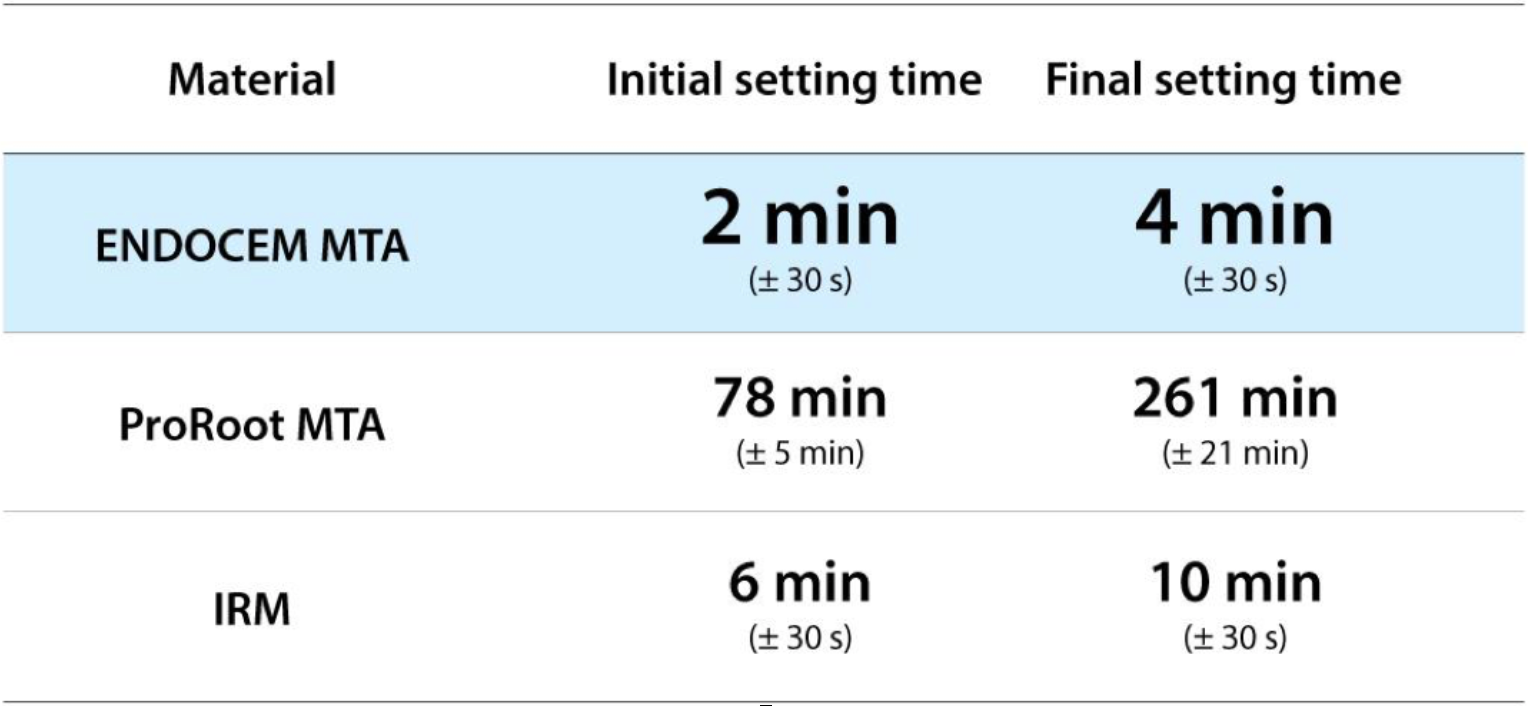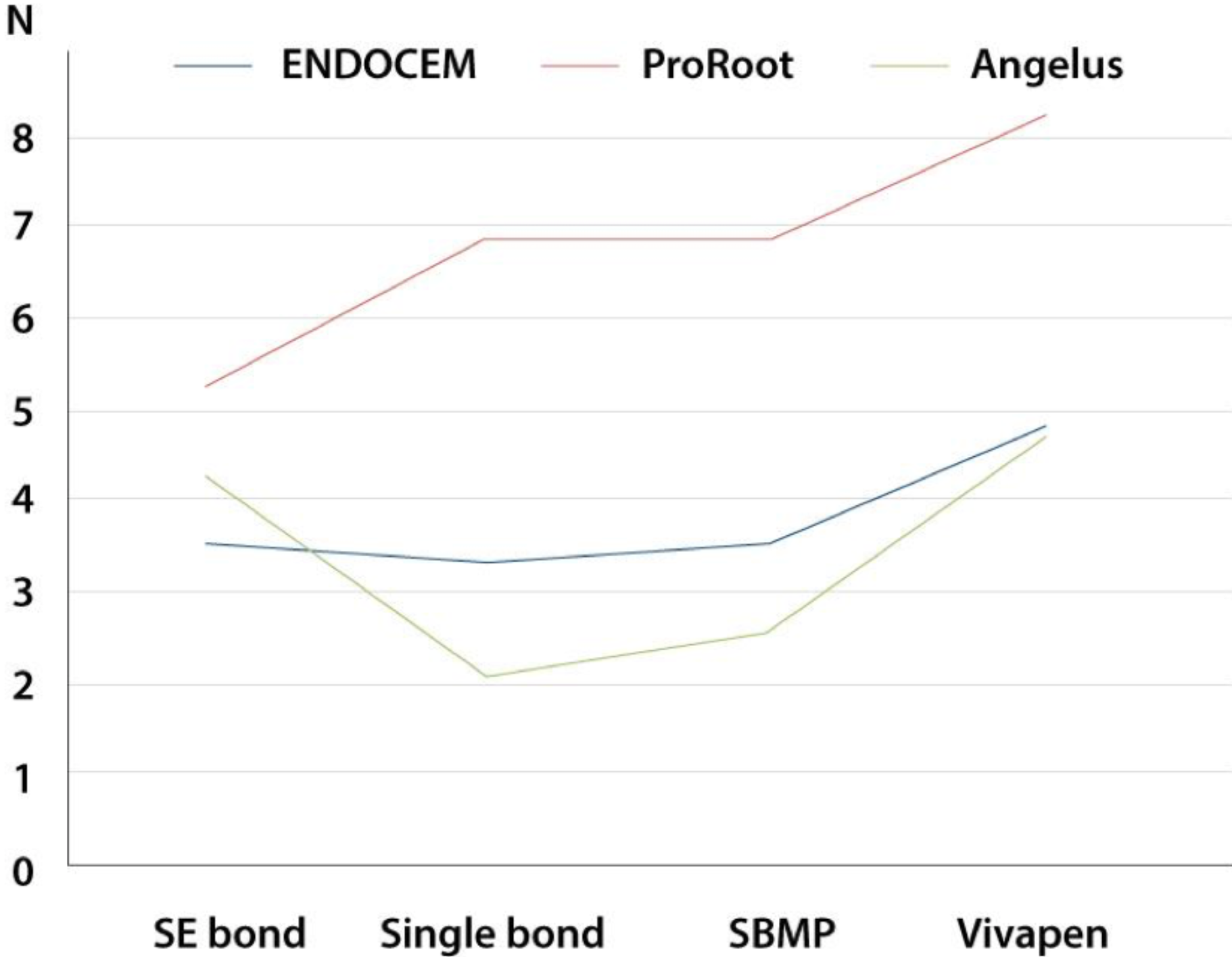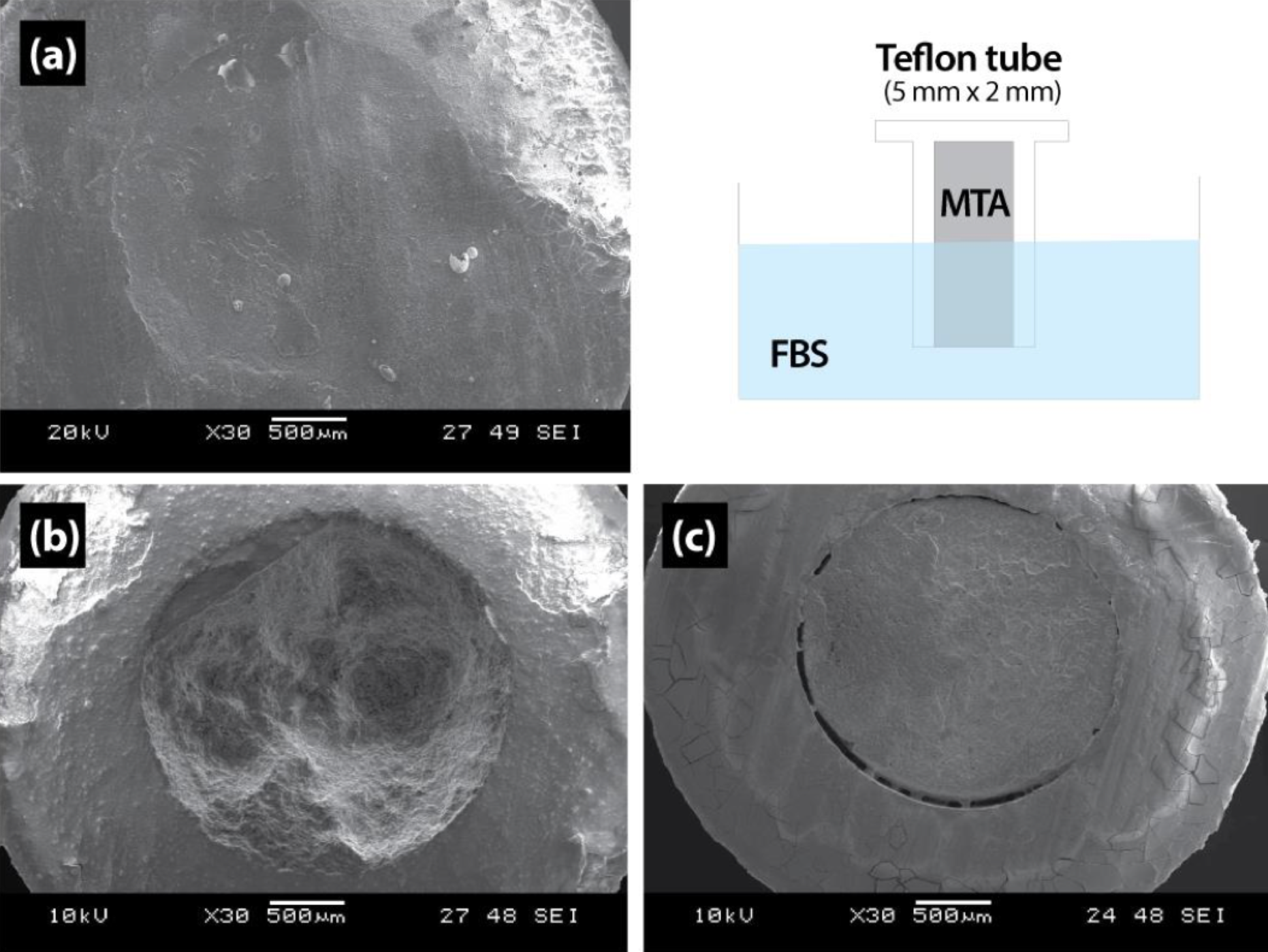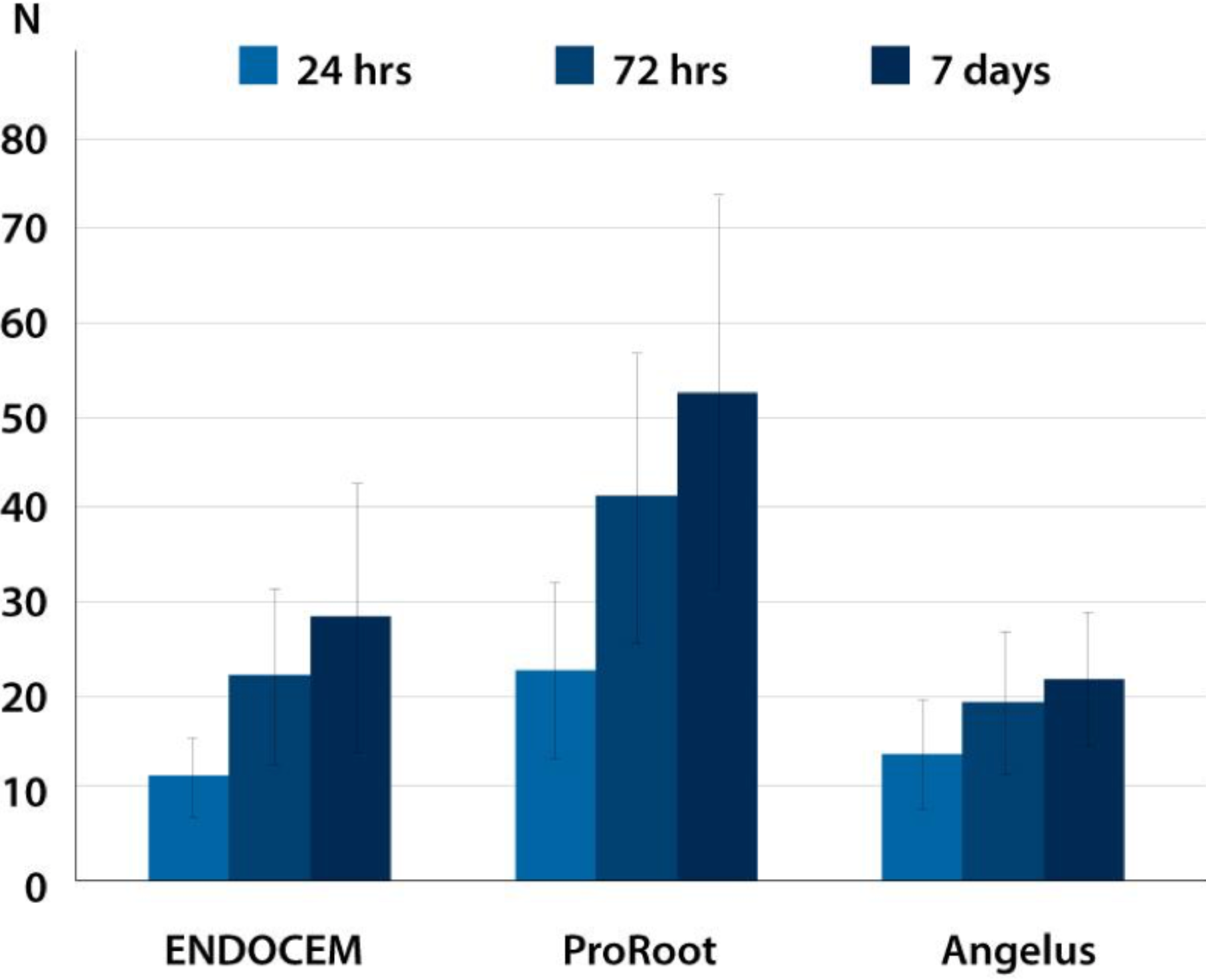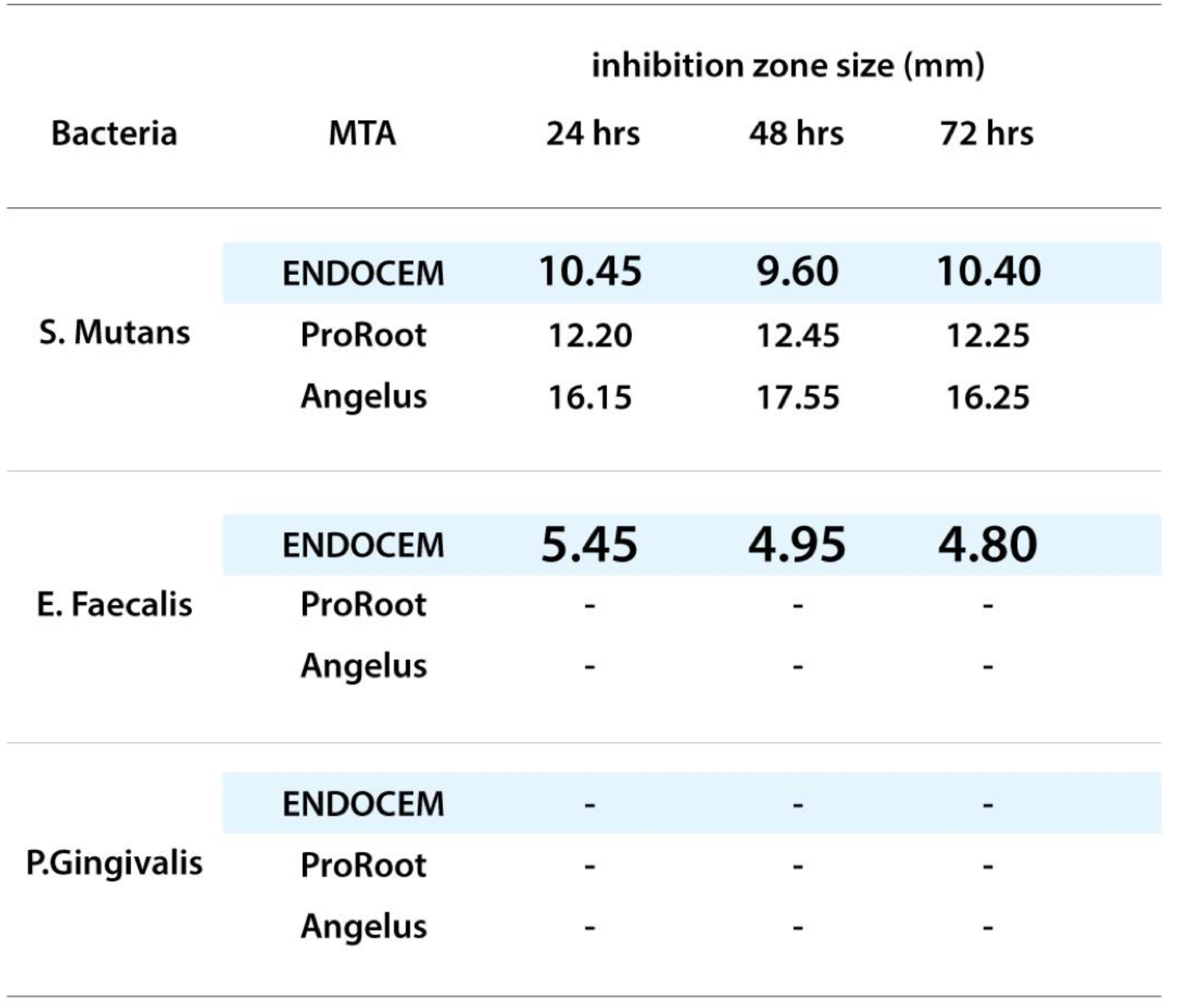by TOM PAGONIS, DDS, MS
I. Introduction
The recent introduction of MTA derived pozzolan cement (Endocem, Maruchi, Wonju, Korea) provides a highly efficient and effective clinical tool by directly addressing long setting times of other MTA materials. Endocem MTA is a revolutionary, next-generation material. Its novel formulation based upon the science of pozzolan reactions features a quick setting time without the addition of chemical accelerators and provides excellent biocompatibility, easy handling, long term material durability, significant antimicrobial properties, and superior sealing ability.
Endocem is a valuable adjunct to your primary endodontic bioceramic material, Endoseal MTA. Endocem is extremely useful in clinical situations where more bulk bioceramic material is needed, such as large perforations, wide open apices, and large mechanical pulp exposures. Endocem is also particularly useful as the final layer to Endoseal MTA in root end surgery.
II. Endocem Advantages
Fast setting time - Excellent consistency
This material is easy to use (Figure 1); simply mix with physiological saline per instructions. The fast setting time is the hallmark of this material (Table 1) thereby providing clinical efficiency such as resin bonding immediately after setting. Also, it is compatible with all bonding agents and exhibits consistent shear bond strength across all bonding agents (Figure 2). Endocem MTA is non-miscible with other liquids such as blood. It, therefore, maintains its integrity even in clinical situations where bleeding is difficult or in the presence of saliva, inflammation, or infection.
In the case of pulpal bleeding, we recommend a thin layer of Endoseal MTA, but in larger areas of pulpal bleeding, Endocem MTA provides the necessary bioceramic bulk. Clinical setting may be confirmed by vigorously spraying water over the material.
Figure 1 Mixing with Endocem MTA 300 mg and physiological saline (D. I. water) 0.12 cc
Table 1 Initial and final setting time (n = 10, Gilmore technique, 30 s interval)
Figure 2: Shear bond strength between MTA and various resin bonding agents
Excellent material properties - Sealing Properties
A comparative material in vitro washout study with IRM and ProRoot MTA showed Endocem MTA performed very well and was comparable to IRM; however, the IRM sample revealed adjacent gaps suggesting that liquids such as blood or water could penetrate the IRM seal (Figure 3).
Endocem MTA bond strength improves with time, and unlike other conventional MTA formulations currently on the market, it maintains consistent bond strength irrespective of the clinical situation or in the presence of blood, saliva, or inflammation (Figure 4).
Figure 3 Materials were mixed in accordance with manufacturer’s guidelines and materials were applied in a 5 mm x 2 mm Teflon tube and immersed in FBS (Fetal Bovine Solution). After 24 hours, samples were removed, washed, and observed under SEM. (a) Endocem MTA (b) Proroot MTA (c) IRM
Figure 4 Dentin bonding strength (push-out bond strength) by various MTA types
Least discoloration
Unlike other MTA materials on the market, Endocem MTA does not cause discoloration of an adjacent tooth (Figure 5). This again is based upon Endocem MTA’s pozzolan ultrastructure and pozzolan reactions which block dentinal tubules. For highly esthetic considerations or in anterior teeth Endocem Zr is the material of choice!
Figure 5 Materials were restored in artificial saliva. (a) Endocem MTA (b) Proroot MTA (c) Angelus MTA
Antibacterial effect
Endocem MTA has strong antimicrobial properties. It performed well across a spectrum of bacteria and particularly well against S. mutans and E. faecalis (Table 2).
Table 2 Bacterial inhibition zones of MTA materials (n=10)
Excellent biocompatibility
Material biocompatibility is a very important consideration and Endocem MTA showed excellent results compared to other MTA brands (Figure 6).
Figure 6 SEM observation (x1000) of MG63 cells incubated for 72 hours on (a) Endocem MTA (b) Proroot MTA (c) IRM
III. Conclusions
Endocem MTA (and Endocem Zr) with its novel pozzolan based formulation performs extremely well, and its fast setting time makes it the MTA material of choice. Its fast setting time provides tremendous clinical efficiencies by reducing the number of needed patient appointments. Adding Endocem MTA and Endocem Zr to your Endoseal (Maruchi, Wonju, Korea) armamentarium rounds out your bioceramic endodontic toolkit. All in all, it is a perfect complement to Endoseal MTA.
*Figures and Tables from Maruchi promotional literature were incorporated in this article.



